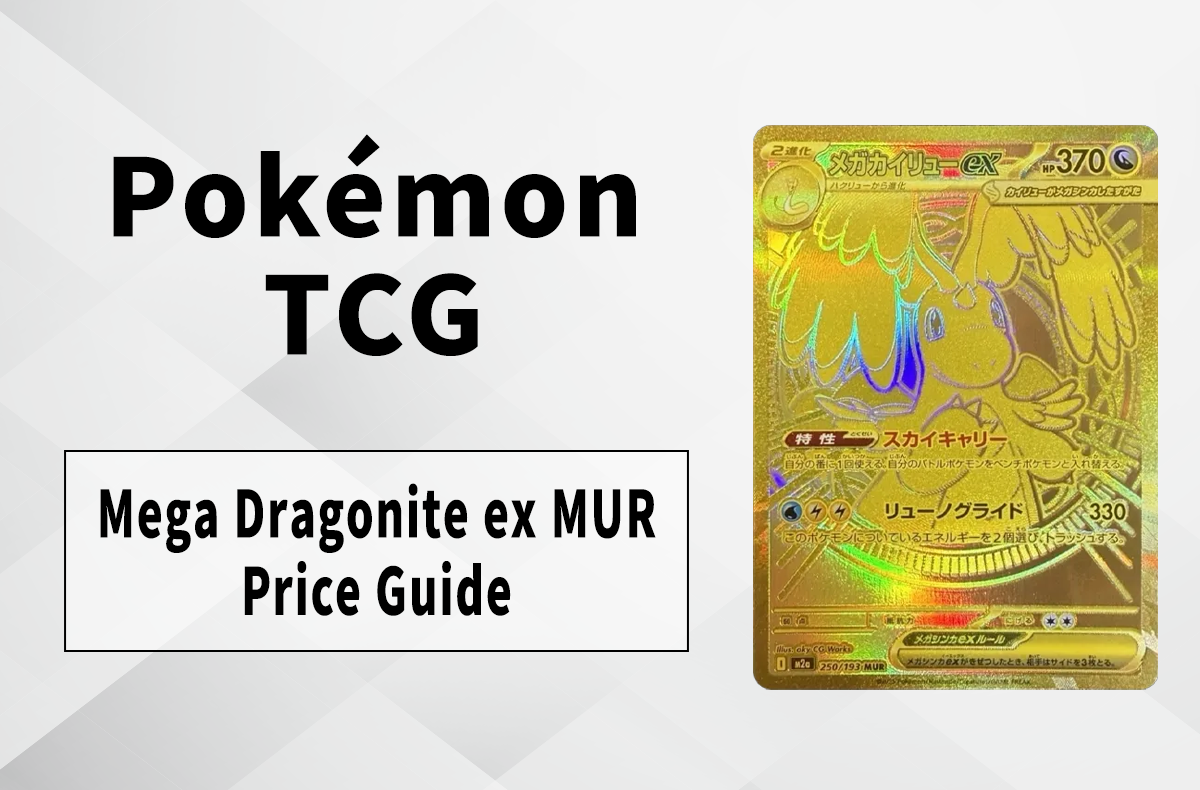Stitching an Identity: Inside the Mind of Loncho Factory’s Jaydon
Follow Jaydon as he transforms childhood nostalgia, social media feedback, and street culture into a brand defined by passion, experimentation, and individuality.
In the saturated world of fashion, where brands battle for a fleeting moment in the spotlight, few truly manage to carve out a dedicated space for themselves. It’s even tougher to catch the gaze of the global stage, especially from the distant corners of Southeast Asia. But in the small, bustling city-state of Singapore, one name is quietly—yet confidently—making its mark: Loncho Factory.
We sat down with founder Jaydon to uncover the story behind this rising label, delving into its origins, challenges, and the journey of steering a uniquely Singaporean brand through uncharted sartorial waters.
▪ Please introduce yourself and your role at Loncho Factory.
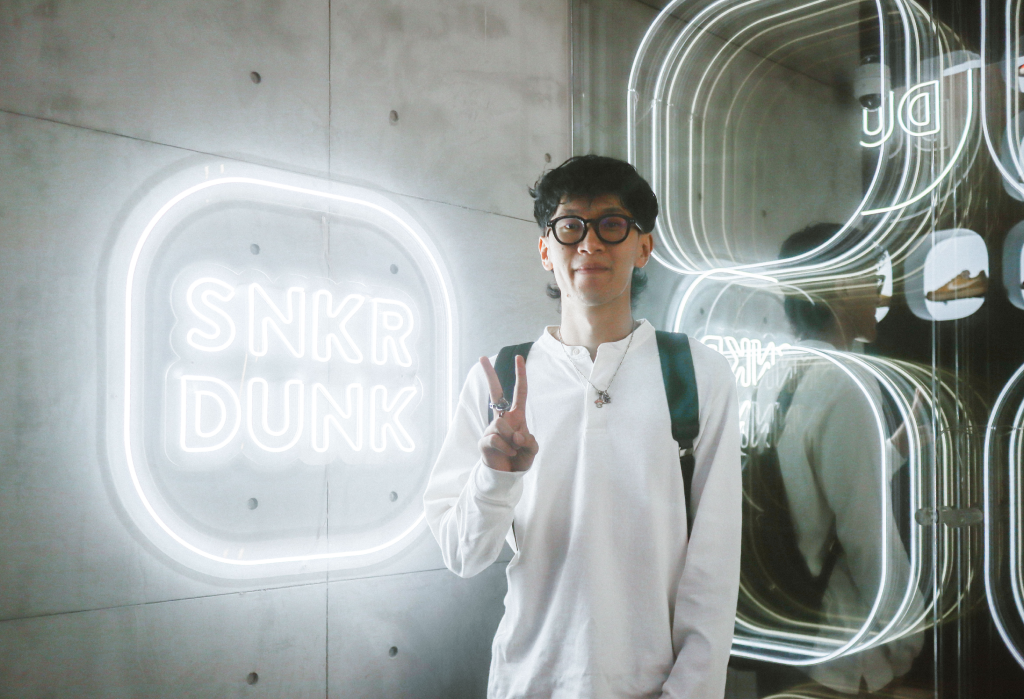
Hi, I’m Jaydon, 22 years old, and I’m the founder of Loncho Factory.
▪ How did the idea for Loncho Factory originate, and what inspired you to start the brand?
The idea for Loncho Factory actually started during the COVID-19 pandemic when I was running a curated vintage shop. I came across this Malaysian Instagram account selling vintage pieces, and that inspired me to start offering a selection of brands like Jean Paul Gaultier, vintage Carhartt, and Stüssy. But honestly, the vintage pants I sold were too skinny for my taste, so I thought, why not make my own?
The first drop I released sold out within the first hour, which was pretty exciting. After that, I decided to focus more on designing pants and also started experimenting with shirts. Designing shirts isn’t really my strong suit, so I usually outsource that to a designer who can interpret what I have in mind—something subtle, with a washed effect or an archival vibe. It’s hard to explain exactly, but I always make sure the final pieces reflect the core vision I have for the brand.
As for the name, it’s actually derived from my own name. If you break down ‘Jaydon,’ you might get ‘Jay Chou’ and ‘London.’ I also have a following on TikTok, and a comment suggested, ‘What if you flip it? It becomes Lonchou.’ That really struck me, and I decided to go with it. But I ended up dropping the ‘u’—I thought ‘Loncho’ looked nicer, especially in print. The ‘Factory’ at the end of the name just adds that industrial touch to it.
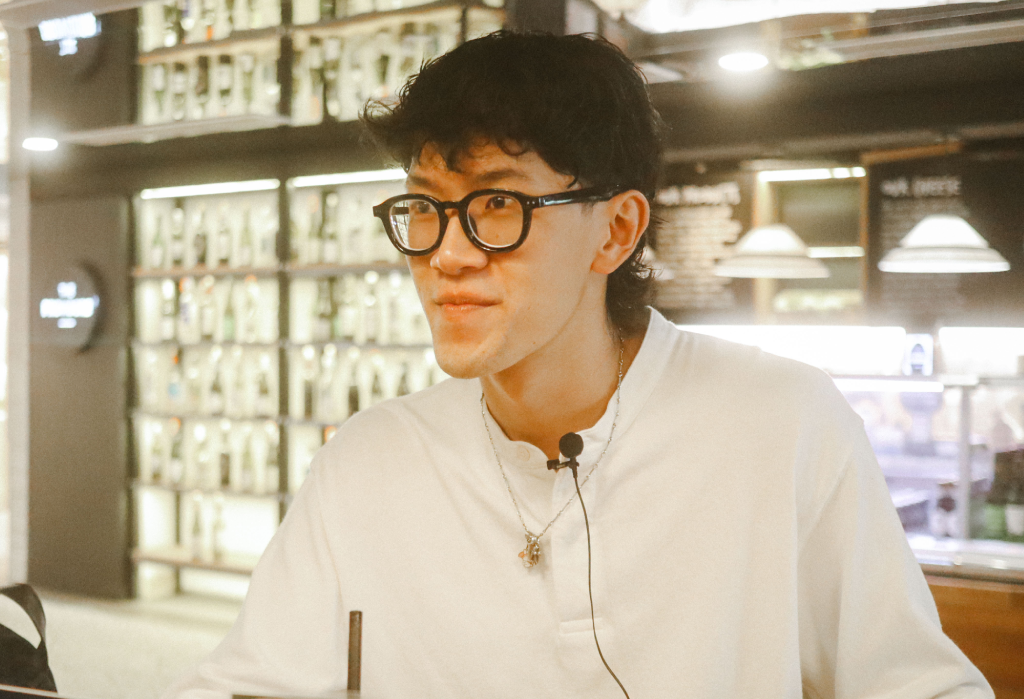
▪ Is Loncho Factory solely operated by you, or do you work with a team?
Yeah, I’m the only one officially running Loncho, but I team up with photographers from places like Vietnam, Kuala Lumpur, and Singapore—and we’ve worked with models from abroad, too. I usually start the designs by drafting my ideas, then bounce them off the team for their thoughts. But no matter what, I always make sure the designs capture the vibe I’m aiming for.
Production-wise, I collaborate with a factory in Vietnam that brings our designs to life. As for materials, I source fabrics from all over the world, which lets me experiment with different textures and qualities for each collection.
▪ What are the defining features of Loncho’s aesthetic, and how do they differentiate you in the streetwear scene?
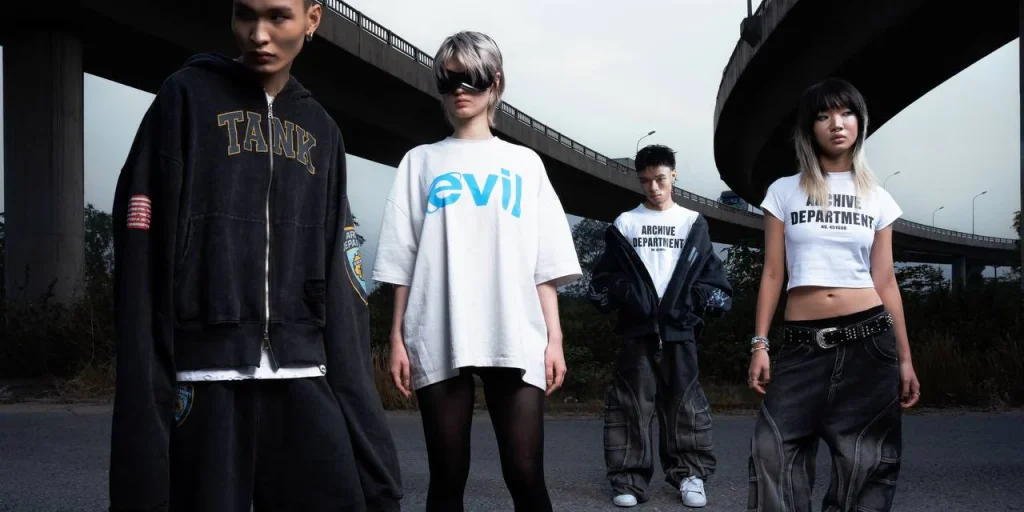
It’s actually hard to pin down a specific aesthetic for Loncho Factory because I draw inspiration from many different styles. If I had to name a few, I’d say grunge, workwear, and luxury fashion all play a part. I like to experiment a lot, and sometimes the results might come off as a bit unusual or “weird” to some—but that’s exactly how the brand stays different.
More than anything, I hope that when people wear Loncho, they feel unique and confident in expressing themselves.
▪ For someone new to Loncho, which product or collection would you recommend they start with, and why?
I’d definitely recommend starting with our denim. That’s really what Loncho is all about—it’s the main focus of the brand and what I put the most thought into. I also think it’s priced pretty reasonably, especially considering how tough it is to compete with the bigger brands out there, or even platforms like Taobao that are super popular locally.
What sets our denim apart is how much we put into the look and feel through our campaign shots, and I really hope that comes across. More than just the product, my aim is to create a sense of community—a space where people buy Loncho not just for the clothes, but to feel like they’re part of something together.
▪ Among your regular lineup of apparel and accessories, Loncho also offers watches—a unique addition not commonly seen in other brands. What inspired you to include watches in your collection, and what role do they play in expressing the brand’s identity?
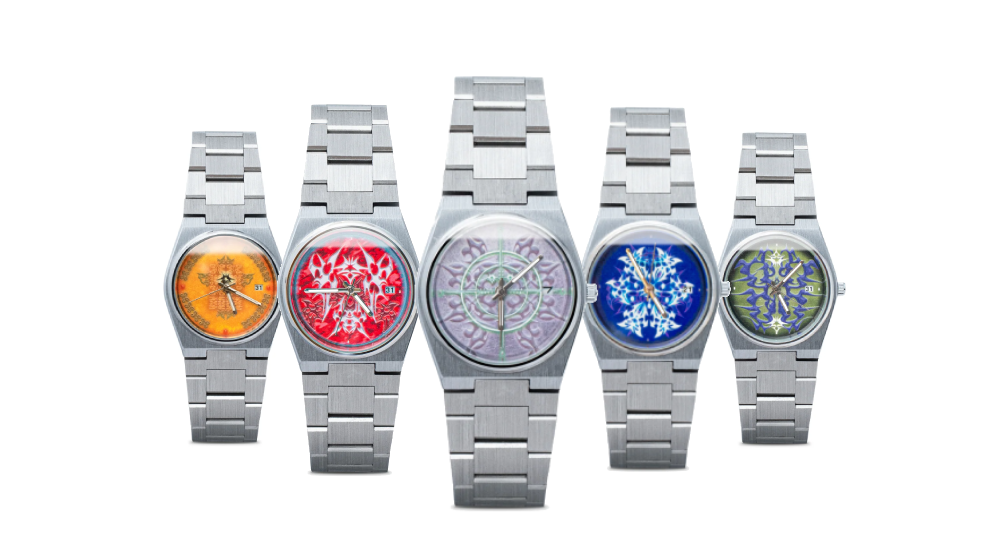
I’ve always had a thing for watches—ever since getting into classics like the Rolex Oyster and, especially, pieces from my favorite watch brand, Alabaster Industries. At some point, I realized, instead of just admiring those pieces from afar, why not make one of my own? That’s how the idea of adding watches to the Loncho Factory lineup started.
When designing, I’ll often take cues from the watches I love and then work those details into something that feels distinctly Loncho. I don’t overthink it—if an idea grabs me, I just want to get moving and make it happen.
▪ Where do you draw inspiration for your designs, both personally and as a brand?
Honestly, a big influence from my childhood is Kamen Rider. I’ve always been fascinated by the way the armor looks on the characters, and even now, I find myself asking how elements like that could be translated into fashion.
I also play a lot of games, and while I’m immersed in those worlds, I pay attention to how character designs or certain aesthetics could inspire clothing ideas. Sometimes, inspiration comes more casually—I’ll go out shopping and look at pieces that catch my eye, thinking about how I could tweak them to better fit my style or vision. It’s tough to put my exact vision into words, but a lot of ideas just spark in the moment when I see something, and I start imagining how I’d change it.
Another regular habit of mine is simply scrolling through pictures for hours, just taking in visuals and figuring out what I like, or noticing what’s missing from my own wardrobe—essentially, asking myself, “What do I wish I could wear next?” That always gets the creative process going.
If I have to pinpoint a designer I really look up to, it would definitely be Demna, especially his time with Balenciaga. His approach to design and the way he pushes boundaries really inspires me.
▪ Can you describe your creative process when developing a new collection? Do you start with a theme or let the designs evolve organically?
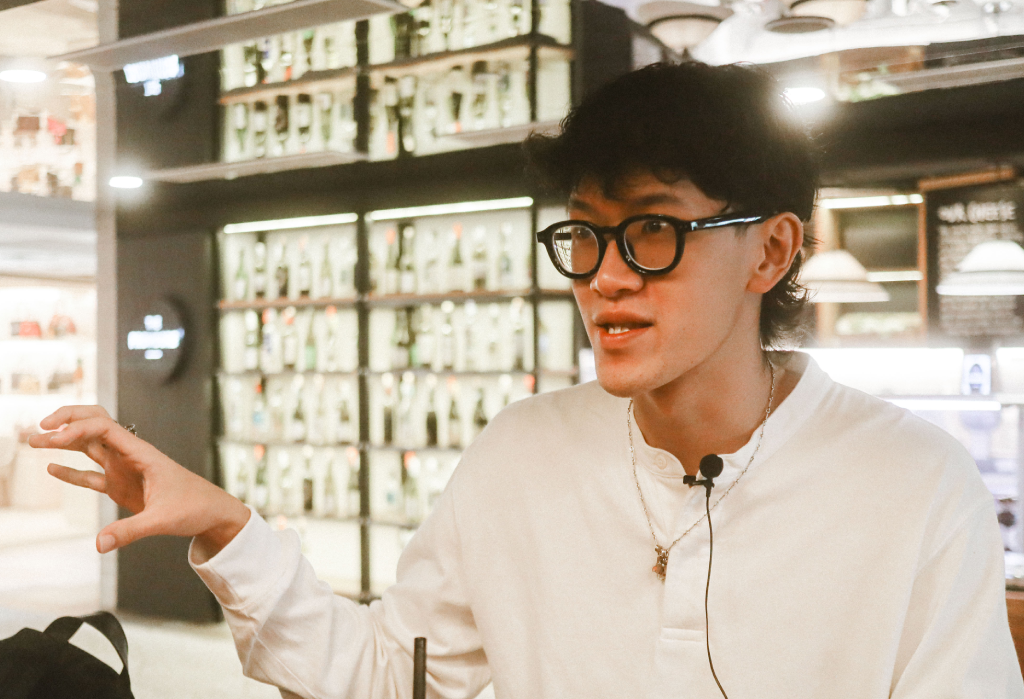
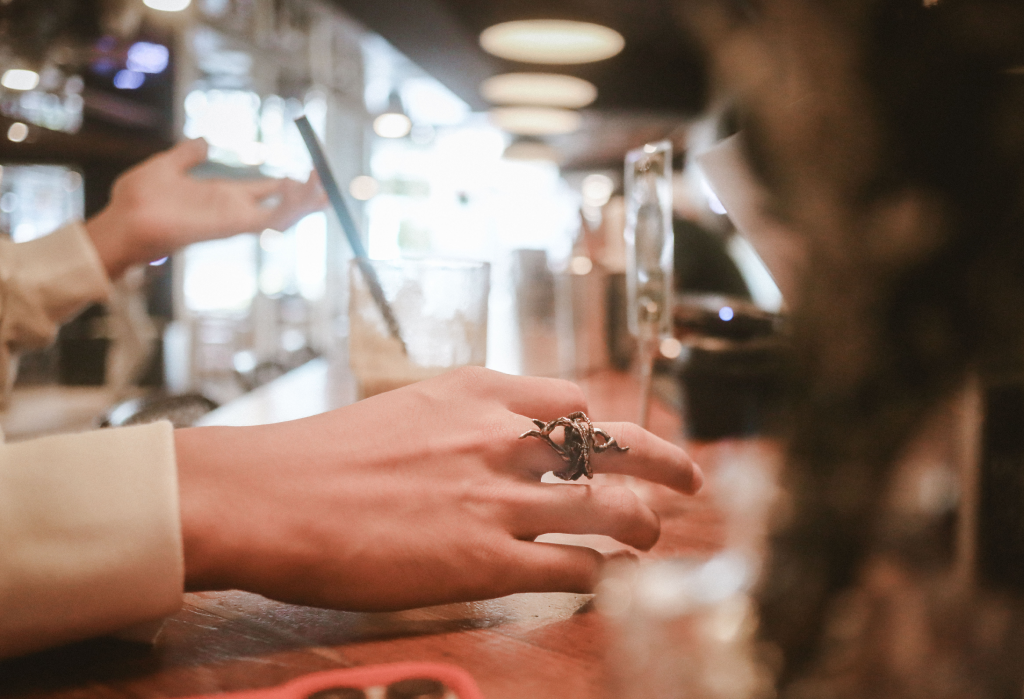
I usually like to start with an overarching theme. For me, that means thinking carefully about the target audience right from the get-go—am I designing for streetwear fans, skaters, high-fashion crowds, or even people working in the office? I’ll jot these ideas down so I can break the concept into smaller, more focused directions as I plan the collection.
Another part of the process is building a mood board. I’ll gather outfits and references that stand out to me and put them together in a collage, letting the visuals bounce ideas off each other. That really helps me see how different design elements and vibes could come together in the collection.
But it’s not always a strictly linear process. For previous collections, sometimes I’d start by designing just one or two standalone items first. Once I have those, I’ll step back to look at how they’ve come together and spot the core DNA that ties them together. From there, I use those pieces as a springboard—designing the rest of the collection around the feel and identity established by those initial items.
▪ Can you share a significant challenge you encountered on your journey with Loncho and how you addressed it?
Honestly, the biggest challenge has been building a fashion brand in Singapore. The scene here is super competitive, and there’s always a lot of talk—people can toss opinions around and sometimes put the brand down. But I see that as part of the game; it’s really a marketing thing and sometimes just trends passing through.
I’ve learned not to let criticism get to me. When you put your creations out there, people are going to have something to say, good or bad—it comes with the territory of doing something creative and different.
Instead of focusing on what critics might say, I remind myself that there are successful people who appreciate my work, and that keeps me grounded. I just keep moving forward because I believe in what I’m building and trust that, one day, I’ll find that same level of success too.
▪ You recently launched a collaboration with Hard2Find. How did that come about?
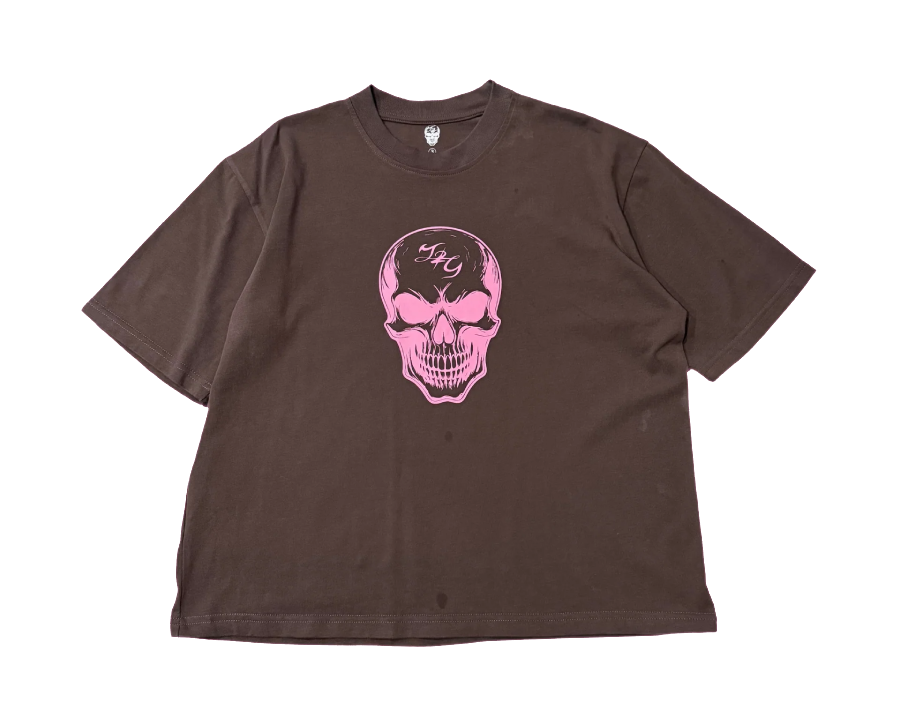
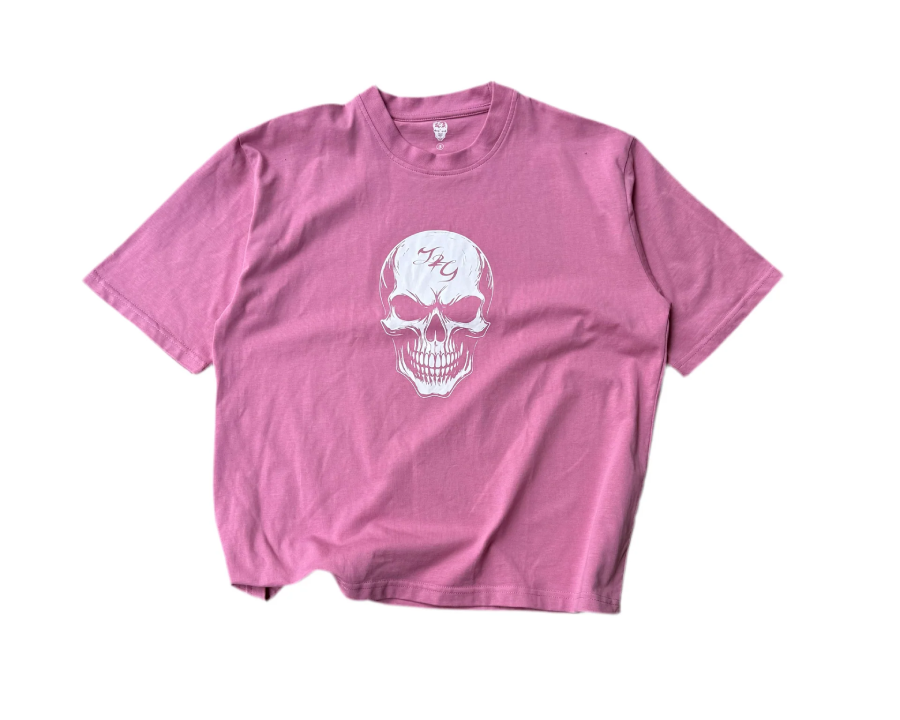
So Hard2Find’s Ming Yew is a really good friend of mine. His brother runs Classified Footwear, a sneaker repair workshop known for swapping out soles for Vibram ones. I once took my Margiela Tabi to them and asked them to tear it up, put on a Vibram sole, and cut it into that signature Tabi shape. That whole experience sparked a friendship between Ming Yew and me, and we started hanging out more after that.
One day, I casually suggested, “Hey, do you want to put on a skate event, just for fun?” He was down for it, so we pooled together about SG$250 (~US$195) and made it really simple: when someone landed a skate trick, we’d just give them SG$2, SG$4, or SG$10 on the spot. I don’t even skate myself—it was just about creating a good atmosphere and supporting streetwear culture.
The event ended up being a lot of fun, and that vibe led to more opportunities. Afterward, we got a chance to host an event for Go Skateboarding Day, and that’s when the idea for our collaboration really took off.
▪ Are there any dream collaborators or brands you’d love to work with in the future?
My number one dream collaborator would be Thug Club—I’m a huge fan and really love what they’re doing. I also think it would be incredible to team up with names like Balenciaga or Off-White. But if I could really go all out, collaborating with Chanel would be the ultimate—there’s just nothing cooler than that.
▪ You’ve also just teased an upcoming Summer drop called “Raw Denims”. What can we expect from the release?
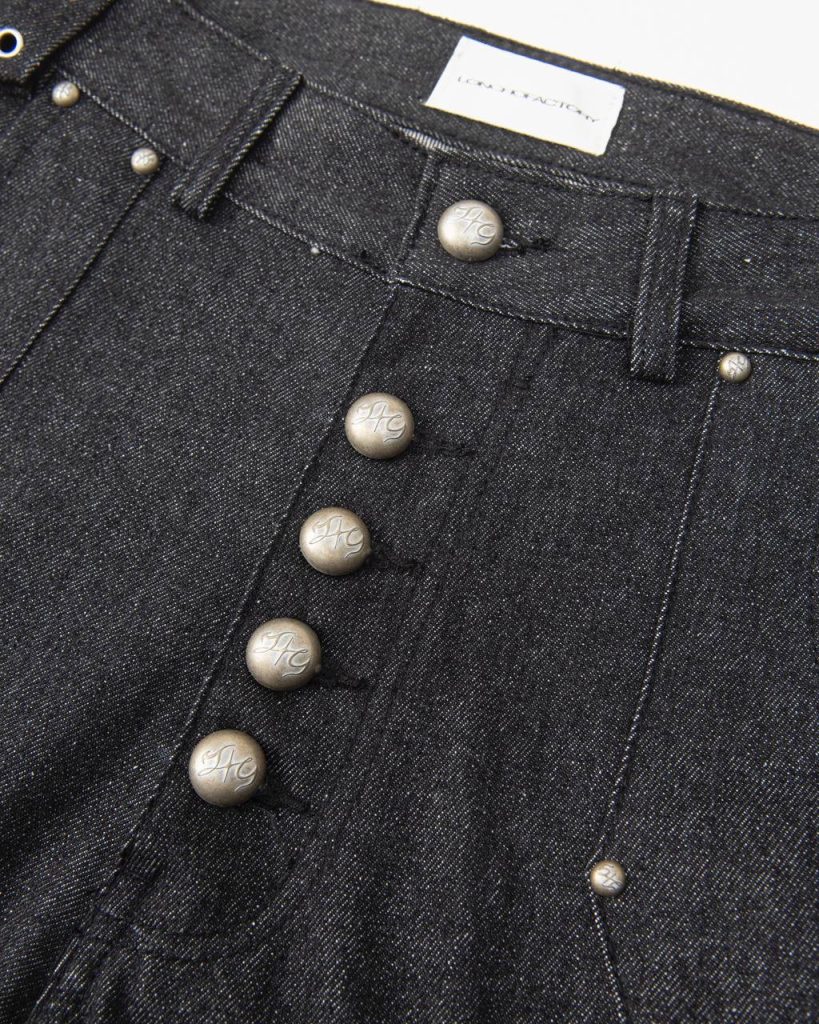
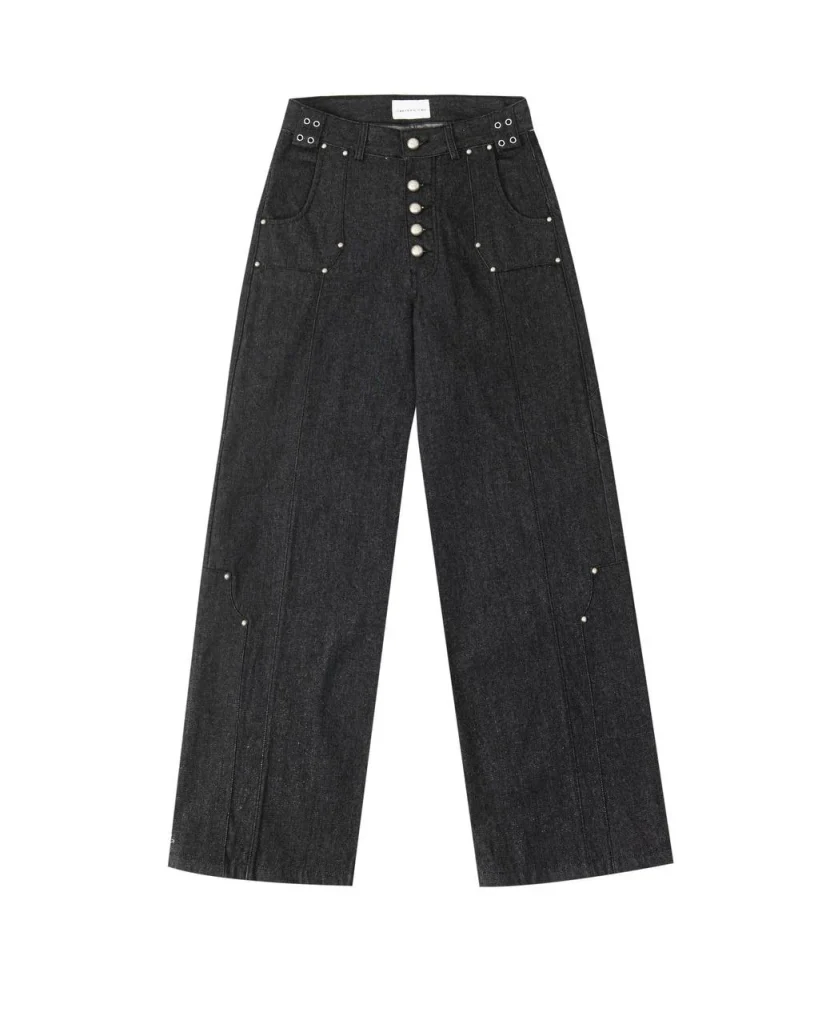
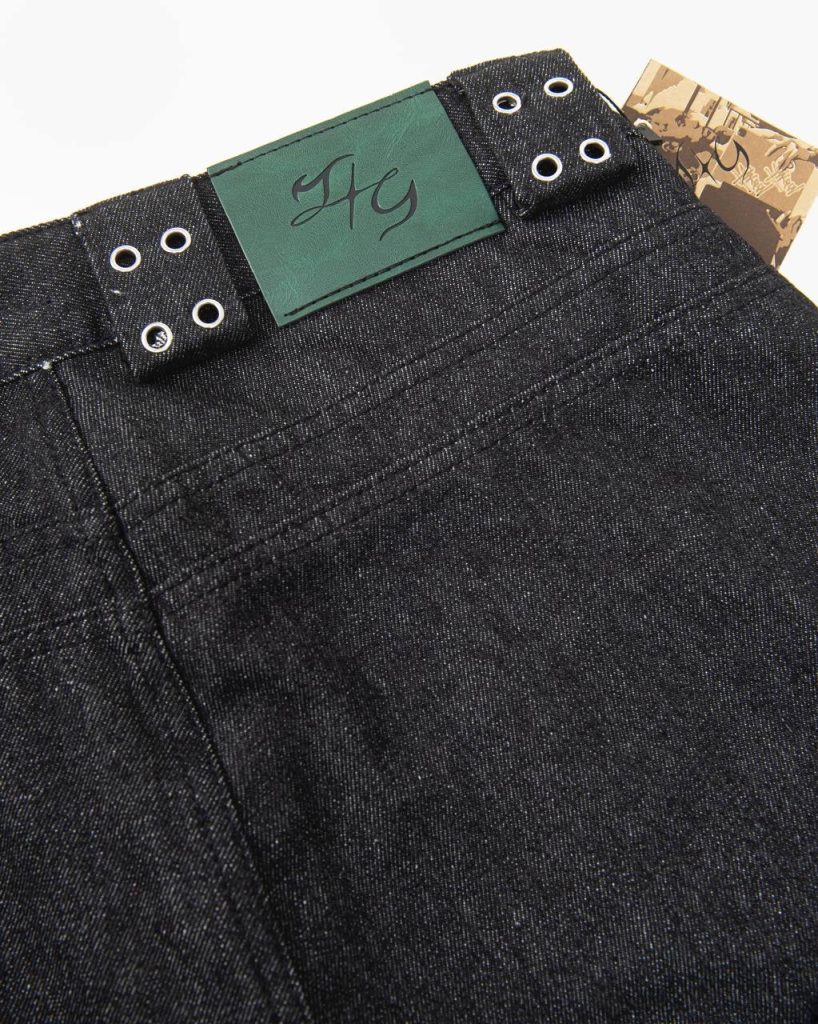
For the upcoming “Raw Denims” Summer release, my main goal is to debut the latest hardware designed exclusively for Loncho. Up until now, I’ve always opted for plain rivets and buttons on our pants, but with this new drop, I wanted to elevate both the feel and identity of the collection.
This time, you’ll see custom hardware featuring our own logo. I wanted the details—like rivets and buttons—not just to serve their practical purpose, but also to showcase the brand’s exclusivity and craftsmanship. This drop is all about celebrating those fresh, branded touches and raising the overall experience for everyone who wears our denims.
▪ What is your ultimate vision for the brand?
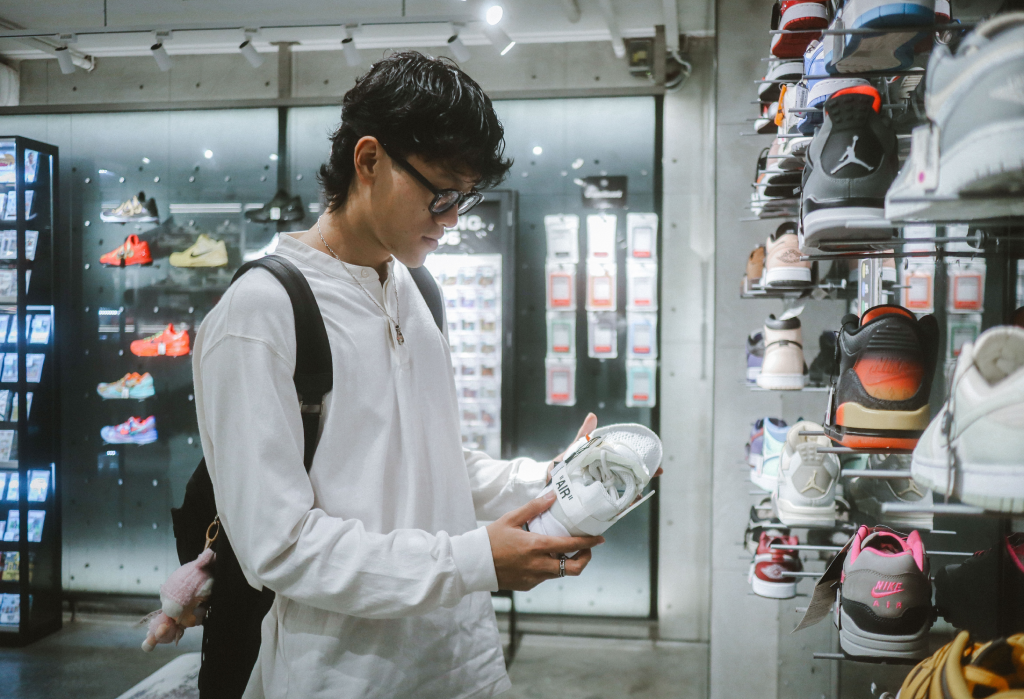
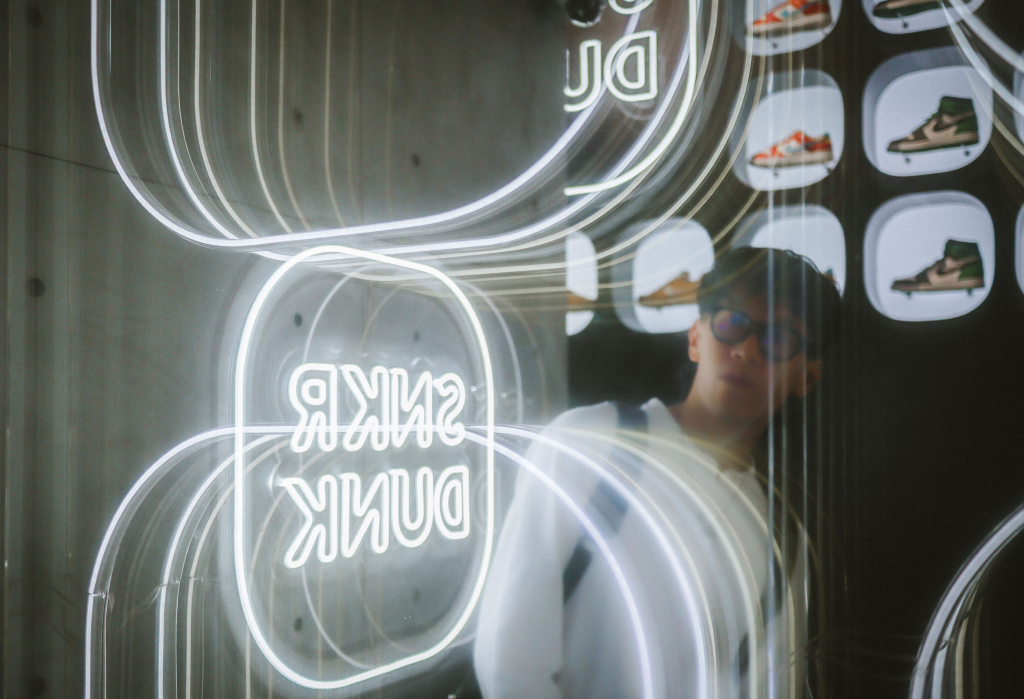
My dream for Loncho is for the brand to go global. I want to see Loncho retail spaces in shopping malls all over the world—places where people from different cities can experience the brand up close. On top of that, I’d love to reach a point where I’m invited to do runways in Paris or New York every year. That would mean the world to me, not just for the exposure, but for the opportunity to connect and share my vision with people from all walks of life.
Creating those global connections is something I genuinely love—fashion is my passion, and I honestly can’t see myself doing anything else. Realistically, I’ll probably keep doing fashion until the very end.
▪ Do you have any advice for aspiring brand founders or designers looking to break into the industry?
My biggest piece of advice is to focus on what you genuinely want to create. Don’t spend your time trying to be someone else just because they’re popular. The people you’re imitating are already established, and they already have their audience.
It’s much more important to develop your own interpretation and vision. When you do that, you’ll naturally attract the right customers—people will gravitate toward your authenticity. You don’t have to chase them down; just put your work out into the world and trust that the right audience will find you.
Also, make sure you have plenty of stories to share about your brand and your process. Storytelling adds depth and meaning to your work, which helps people connect with it.
▪ Is there anything you’d like to say to our readers?
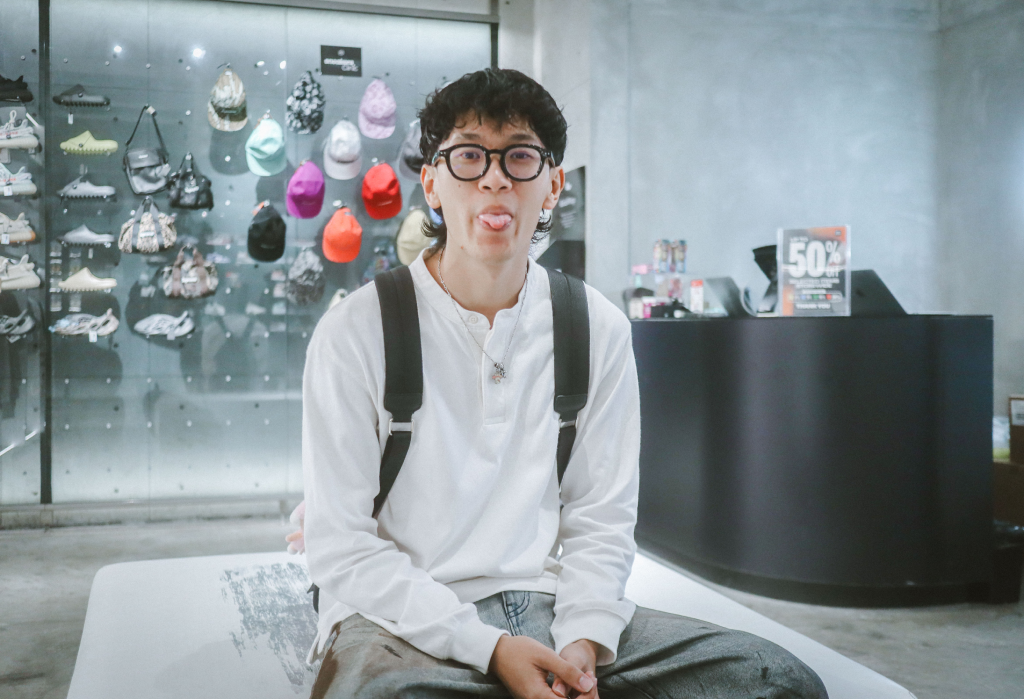
Be confident in what you do. Life is all about going after what you want and not being afraid to show it off. People naturally love to compete, but the real win comes when you’re doing it for yourself, not just to impress others. If you focus on your own journey and take pride in what you create, that’s where you’ll really find success.
Follow us on:
More SNKRDUNK Features:
Who Decides War: The Jordan Brand Collaborator Calls Their Own Shots
From Restoration to Retail: The Evolution of Singapore’s SneakersClinic with Benjamin Lim
Foxtrot Uniform Is Mr. Sabotage’s Teenage Dream Come True
Here’s What Sparks The Cap City’s Nigel Sparks
Nicky Diamonds on 27 Years of Diamond Supply Co. and Demand
















![Supreme 25FW Week 17 Items [Release Date/Price/Where To Buy]](https://snkrdunk.s3.ap-northeast-1.amazonaws.com/en/magazine/wp-content/uploads/2025/12/16172651/20251215141711-5.jpg)
![Palace Skateboards x The North Face Purple Label “Holiday 25” Week 4 [Release Date/Price/Where To Buy]](https://snkrdunk.s3.ap-northeast-1.amazonaws.com/en/magazine/wp-content/uploads/2025/12/16171616/20251215095019-0.jpg)
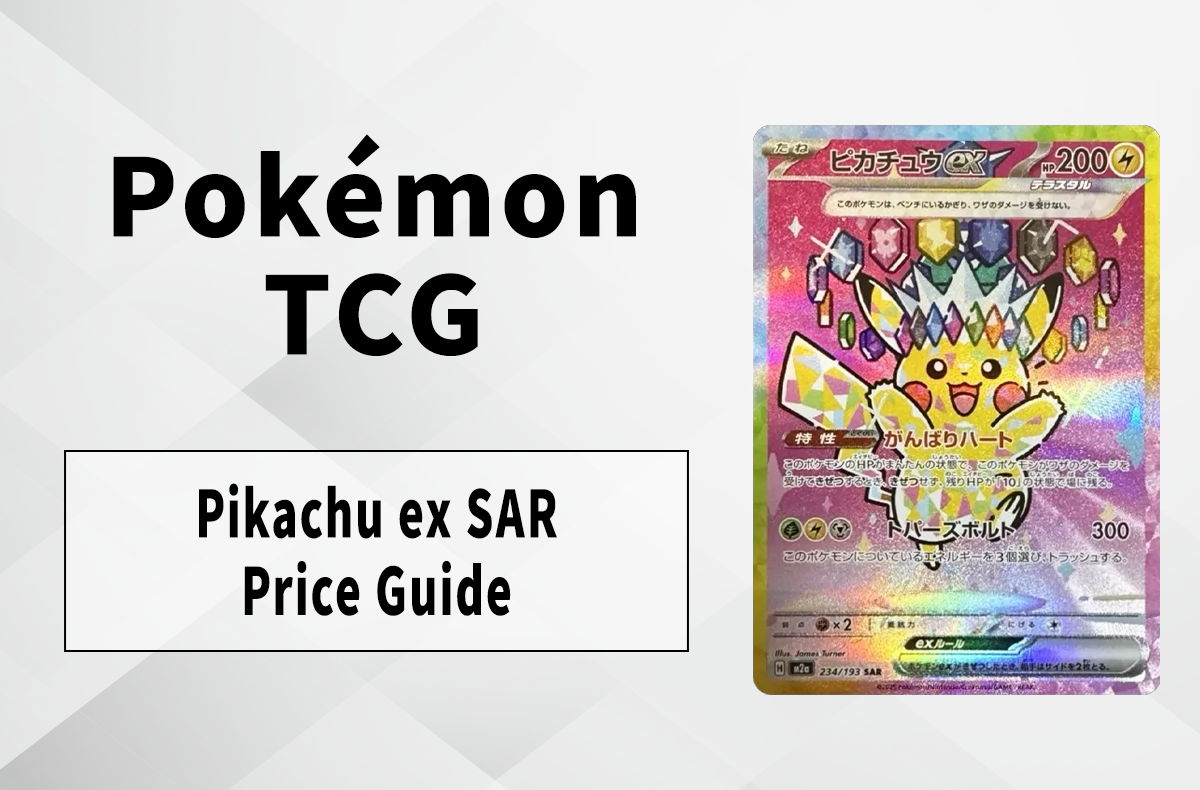
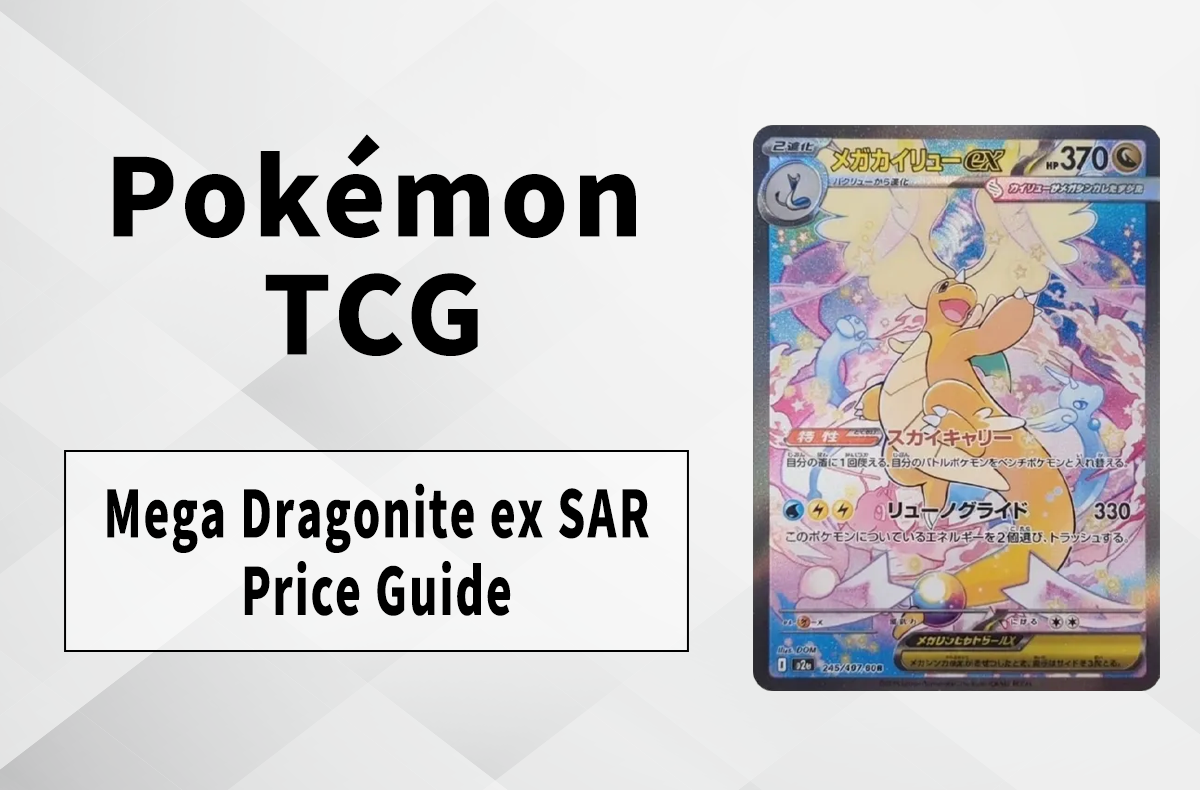
![BABYMETAL x Vans Collection [Release Date/Price/Where To Buy]](https://snkrdunk.s3.ap-northeast-1.amazonaws.com/en/magazine/wp-content/uploads/2025/12/12175359/20251210091758-0.jpg)
